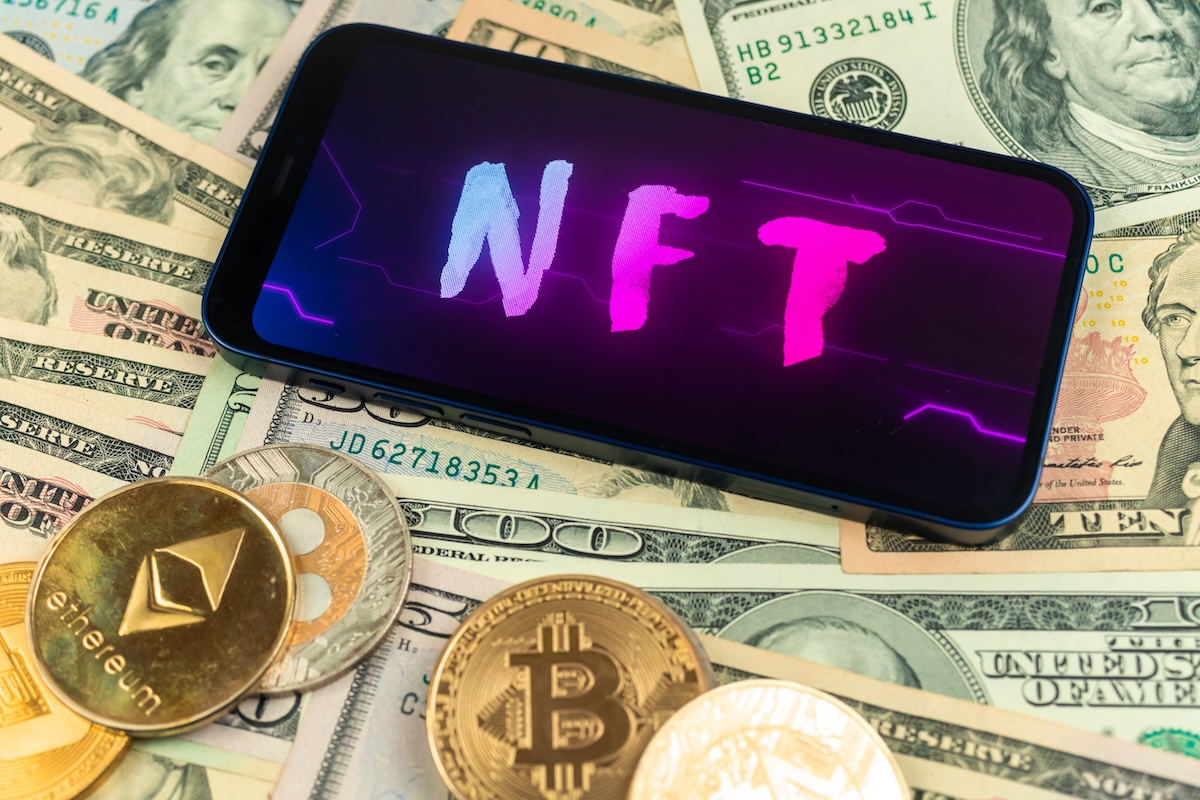How to Identify Scam NFT Projects
How many NFT scams are out there? A lot. Just look at OpenSea: every week, they are forced to take action on over 3,500 NFT collections
If you go ahead and google "NFT scams," you literally get millions of results. You'll find everything from people complaining about scams to stories about scam victims losing life-altering sums of money. It's a rabbit hole you don't want to go down, but the sheer volume of noise on the subject begs the question...
Why Are NFT Scams So Common?
The answer is pretty simple: NFTs are new to many people and, in many cases, are worth a lot of money. So it's no surprise that there are bad actors out there looking to exploit people's lack of knowledge and understanding.
And just how many scams are out there? A lot. A whole lot. Just look at OpenSea: every week, they are forced to take action on over 3,500 NFT collections due to copyright issues and counterfeiting. Of course, that's just a fraction of the total number of collections on their platform, but it's still a huge amount.
And it's not just OpenSea. Other platforms like Rarible and Foundation are also seeing an influx of scams.
Most Common NFT Scams
Let's look at some of the most common NFT scams you need to watch out for.
Phishing
Phishing is one of the oldest and most common scams and is also one of the most effective. It's an attack where someone tries to trick you into giving them your personal information.
For instance, MetaMask is one of the most popular wallets among NFT collectors. Recently, MetaMask users were targeted in a phishing scam in which fake advertisements asked for users' wallet keys.
Rug Pull Scams
A rug pull is when a project owner suddenly "pulls the rug out" from under their investors by taking all the money and running. It's a form of exit scam where the project owner simply abandons the project, taking all the funds with them.
A classic example of a rug-pull scam is the Frosties NFT operation, in which a pair of 20-year-old scammers took over $1.3 million from investors.
https://www.youtube.com/watch?v=WjXPEQd6aj8Courtesy of Coinsider
Pump-and-Dump
Pump-and-dump operations are all about artificially inflating the price of an asset and then selling it off at the peak. These scams are common in the traditional financial markets, but they're also becoming more common in the NFT space.
If you want to see examples of pump-and-dump schemes, look no further than the "Squid Game NFT" scam. In this case, the price of the SQUID coin increased 45,000% in a single day and was trading at $4.5. Then, the price crashed to nearly zero in just a few days.
Counterfeit NFTs
At the core of the technology, NFTs are all about creating unique digital assets. Unfortunately, people trying to make a quick profit in the NFT often try to shortcut this process by simply copying and pasting someone else's work.
According to a recent OpenSea report, over 80% of NFTs minted on their platform are counterfeit. So when you're buying an NFT, chances are, you're buying a stolen copy of a real-world work of art.
What to Do If You're In the Middle of a Scam
If you think you're in the middle of an NFT scam, the best thing you can do is reach out to the project owner or team and ask for clarification. If they're not responsive, that's a huge red flag.
You can also reach out to the team behind the NFT platform you're using. Most platforms have a way to report scams, and the team will usually be happy to help.
Finally, if you're really not sure what to do, you can always reach out to a trusted friend or advisor for help.
If, you find this article helpful checkout 'How to avoid failed NFT projects'.





